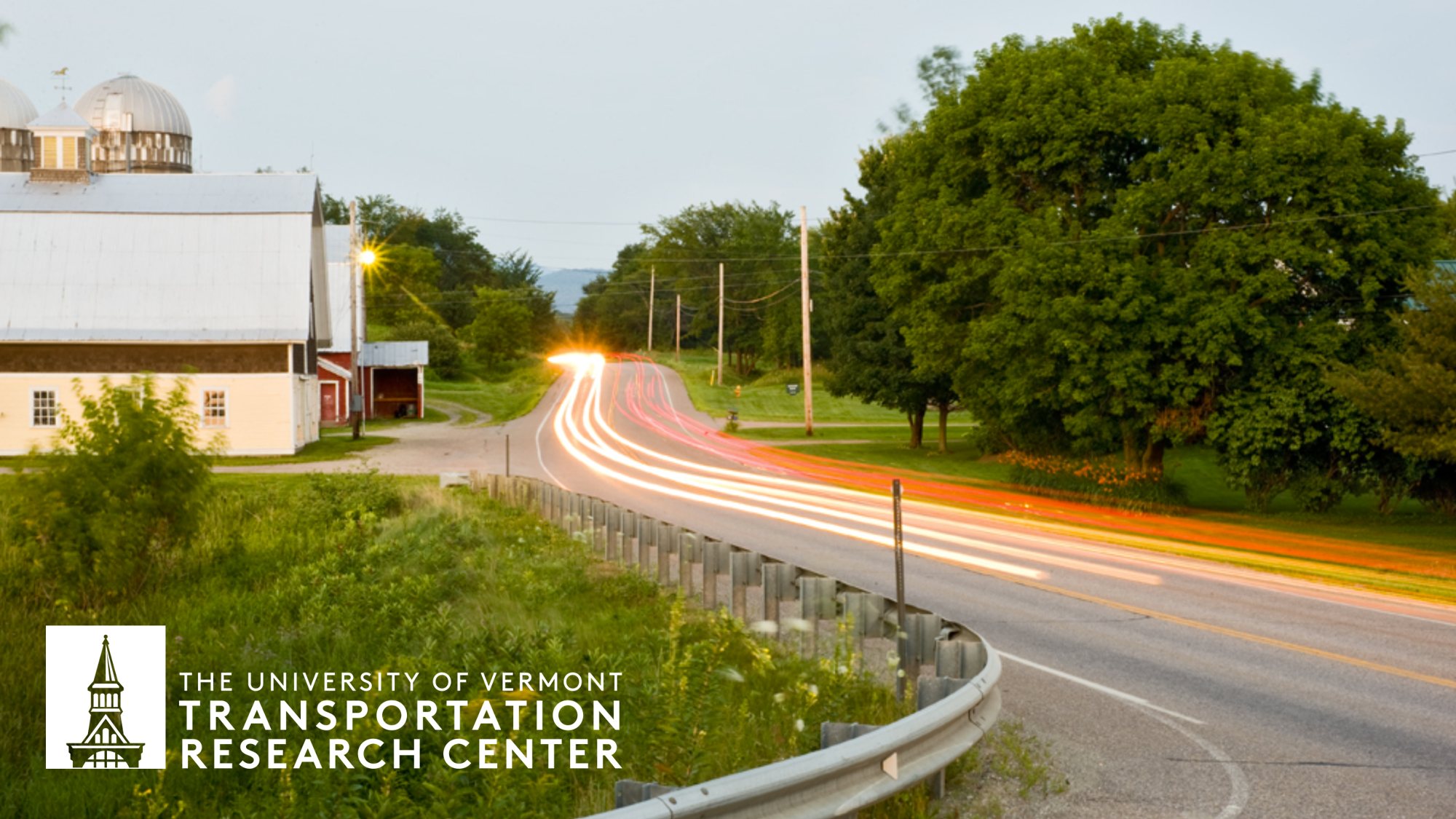
University of Vermont Transportation Research Center
Document Type
Report
Publication Date
10-1-2010
Abstract
With the widespread promotion of New Urbanism and Smart Growth there is an assumption that levels of non-motorized traffic will increase. However, planners and analysts for non-motorized transportation modes still rely on very limited data resources and therefore are limited in identifying demand patterns and moving forward with more productive management and planning schemes. In this study, we utilized continuous non-motorized traffic counts collected along four share use paths in Chittenden County, Vermont and analyzed the association between hourly (volume percentages of daily total) distribution patterns at each count station and land uses in the adjacent areas. The findings herein show the linkage is not as evident as expected between surrounding land use and the hourly patterns of the counts gathered, which is likely due to the insufficient diversity of the land use patterns around the count stations. Therefore, a dire need for the development of more robust sampling strategies are essential to obtain counts efficiently that can extrapolate short period counts into region-wide travel estimates. This study proposes a spatial-based clustering analysis to identify five land use categories to assist planning practitioners in selecting sampling locations that are representative for generating consistent nonmotorized traffic counts for entire network.
Recommended Citation
Aultman-Hall, Lisa; Zhang, Chen; and Jennings, Lance, "More Robust Spatial Sampling Strategies for Non-motorized Traffic" (2010). University of Vermont Transportation Research Center. 241.
https://scholarworks.uvm.edu/trc/241

